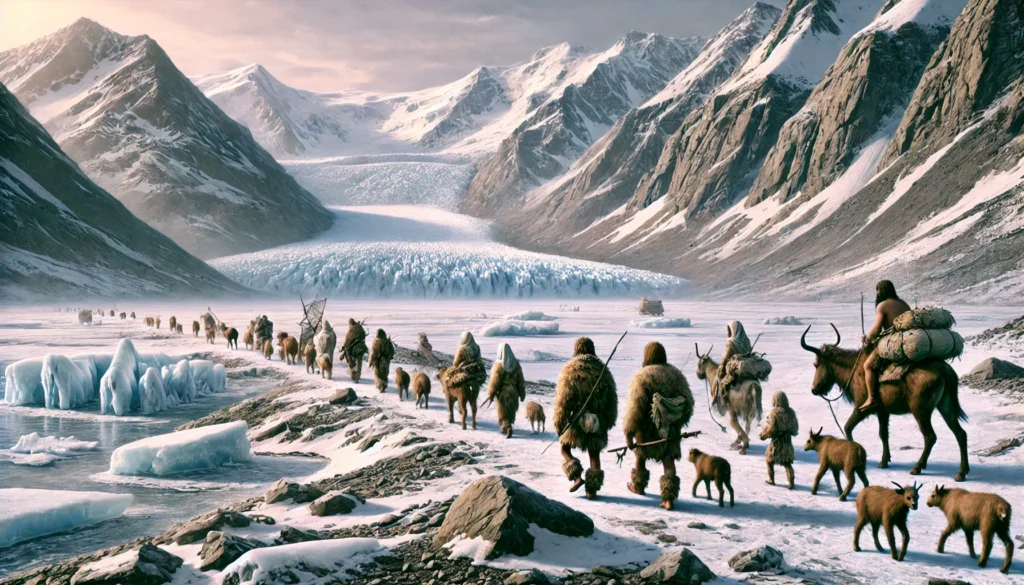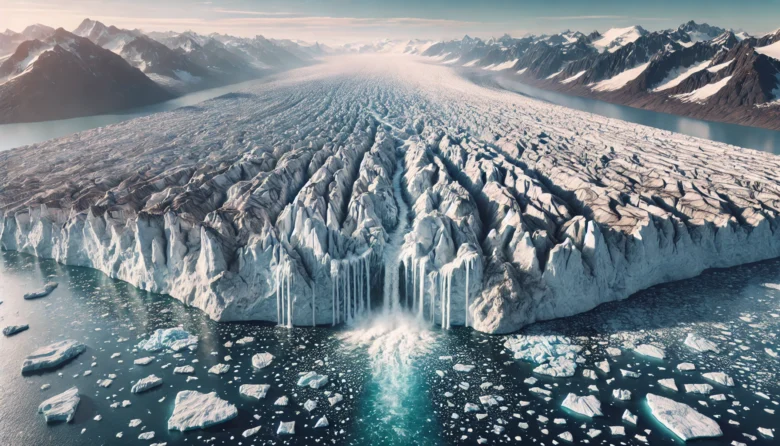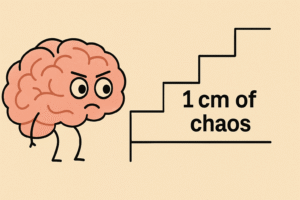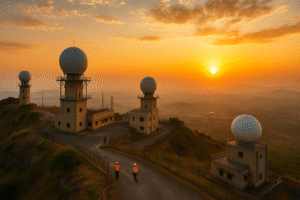Have you ever wondered how the Earth’s climate has changed over millions of years? While we often think about recent climate change, the planet’s climate has been shifting for much longer. One of the most significant factors in these shifts has been glacial cycles—periods when massive ice sheets advance and retreat, drastically affecting Earth’s environment. In this blog, we’ll explore the impact of glacial cycles on Earth’s climate, diving into the science behind these natural processes and understanding how they have shaped the world we live in today.
What Are Glacial Cycles?
Glacial cycles refer to the long-term fluctuations in Earth’s climate that result in the growth and retreat of ice sheets. Over the past several million years, Earth has gone through alternating glacial periods (also known as ice ages) and interglacial periods (warmer periods when ice sheets shrink). These cycles are primarily driven by changes in Earth’s orbit, known as Milankovitch cycles, which influence the amount of sunlight reaching the planet.
To give you an idea of scale, during the peak of the last glacial period, which occurred about 20,000 years ago, vast ice sheets covered much of North America, Europe, and Asia. As temperatures warmed, these ice sheets melted, marking the start of the current Holocene interglacial period, which we are still in today.

The Role of Milankovitch Cycles
Named after Serbian scientist Milutin Milankovitch, the Milankovitch cycles are a set of three natural variations in Earth’s orbit that influence glacial cycles:
Eccentricity: This refers to the shape of Earth’s orbit around the Sun. Over a period of about 100,000 years, Earth’s orbit shifts from being more circular to more elliptical. When the orbit is more elliptical, the Earth experiences greater temperature extremes, contributing to glacial periods.
Axial Tilt (Obliquity): The tilt of Earth’s axis changes between 22.1 and 24.5 degrees over a period of about 41,000 years. A greater tilt increases the contrast between seasons, leading to warmer summers and colder winters. Colder summers, when the tilt is smaller, allow snow to accumulate and form glaciers.
Precession: Earth wobbles slightly as it spins, much like a spinning top. This wobble alters the timing of the seasons relative to Earth’s position in its orbit. This cycle takes about 23,000 years to complete and also affects the intensity of seasons.
These cycles combine in complex ways, causing the glacial and interglacial periods that have punctuated Earth’s history.
The Impact of Glacial Cycles on Climate
Glacial cycles have a profound effect on Earth’s climate. During glacial periods, when ice sheets cover large parts of the Earth, global temperatures drop significantly. As these ice sheets grow, they reflect more sunlight back into space due to their high albedo (the reflectivity of surfaces), causing further cooling in a positive feedback loop.
In contrast, during interglacial periods, ice sheets melt, reducing Earth’s albedo and causing temperatures to rise. The melting of glaciers also leads to rising sea levels, which can drastically alter coastlines and impact ecosystems.
These shifts in temperature and ice cover don’t just affect polar regions. They have global consequences, influencing ocean currents, wind patterns, and even the distribution of rainfall. For example, during the last glacial maximum, the Sahara Desert was much wetter than it is today, supporting lush vegetation and human settlements.
Glacial Cycles and Ocean Currents
One of the most significant ways glacial cycles impact Earth’s climate is through their influence on ocean currents. The melting and freezing of large ice sheets can alter the salinity and temperature of ocean water, which in turn affects ocean currents like the Atlantic Meridional Overturning Circulation (AMOC).
During glacial periods, the freezing of freshwater reduces the flow of warm water to the North Atlantic, causing a cooling effect in Europe and North America. Conversely, during interglacial periods, melting glaciers release freshwater into the oceans, weakening the AMOC and causing climate shifts around the globe.
These changes in ocean currents can have far-reaching consequences for global climate patterns. For instance, shifts in the AMOC can lead to changes in monsoon patterns in India, affecting agriculture and water resources.
Glacial Cycles and Human Evolution
Glacial cycles have also played a crucial role in shaping the history of human evolution. The fluctuating climate during glacial and interglacial periods forced early humans to adapt to changing environments. As ice sheets advanced and retreated, human populations migrated, seeking out hospitable environments with reliable sources of food and water.
For example, during the last glacial period, much of Europe and northern Asia were covered in ice, forcing humans to migrate southward. This constant movement and adaptation may have spurred the development of new technologies and social structures that helped humans survive in harsh conditions.
Some studies even suggest that glacial cycles could have influenced the development of human intelligence. The difficulties created by a swiftly changing environment likely pushed early humans to create more advanced tools, improve communication skills, and foster cooperative behaviours.
Case Study: The Younger Dryas
A well-known event linked to glacial cycles is the Younger Dryas, a sudden and brief return to glacial conditions about 12,900 years ago, just as Earth was emerging from the last ice age. During this period, global temperatures dropped sharply, particularly in the Northern Hemisphere.
While the exact cause of the Younger Dryas remains uncertain, a widely accepted theory suggests that a massive release of freshwater from melting glaciers disrupted the AMOC, triggering a sharp drop in temperatures. This event had a significant impact on human societies, as the sudden climate shift would have made hunting, gathering, and agriculture much more difficult.
The Younger Dryas is often cited as a reminder of how quickly Earth’s climate can change and the potential impact of such changes on human civilization.
Conclusion
The impact of glacial cycles on Earth’s climate cannot be understated. These long-term processes have shaped the planet’s environment, influencing everything from global temperatures to the distribution of life on Earth. Understanding glacial cycles helps us appreciate the natural forces at play over millennia and how they continue to affect us today.
As we face modern challenges like climate change, studying past glacial cycles gives us valuable insights into how Earth’s climate system works and what the future might hold. It’s a reminder that Earth’s climate is not static—it is dynamic and ever-changing. By understanding these natural cycles, we can better prepare for the changes that may come.
Author’s Note
Exploring Earth’s climate history through glacial cycles is like taking a journey through time. It reminds us that while we face modern climate challenges, the planet has always been in a state of change. The key is to learn from the past to navigate the future.
G.C., Ecosociosphere contributor.
References and Further Reading
- NASA’s Guide to Ice Ages and Glacial Cycles
- National Geographic: How Glacial Cycles Shape Earth’s Climate
- Jantzen Chronicles – Page 6 – Evaluating Events Past and Present to Learn More About the Future. https://jantzenchronicles.com/page/6/
- Groos, A. R. (2020). Living the high life: The early arrival of hunter-gatherers in the glaciated Ethiopian Highlands. https://doi.org/10.25250/thescbr.brk344
- Some megafaunas of the recent past – Earth-logs. https://earthlogs.org/2011/05/07/some-megafaunas-of-the-recent-past/
- Planetary Motion of Earth | Eclipse Glasses USA – Eclipse Optics. https://eclipse23.com/blogs/eclipse-education/planetary-motion-of-earth
- Earth’s Recent Climatic History. https://www.studyiq.com/articles/earths-recent-climatic-history/
- Ocean Life – Frequently Asked Questions (FAQs). https://faqabout.me/iam/ocean-life




